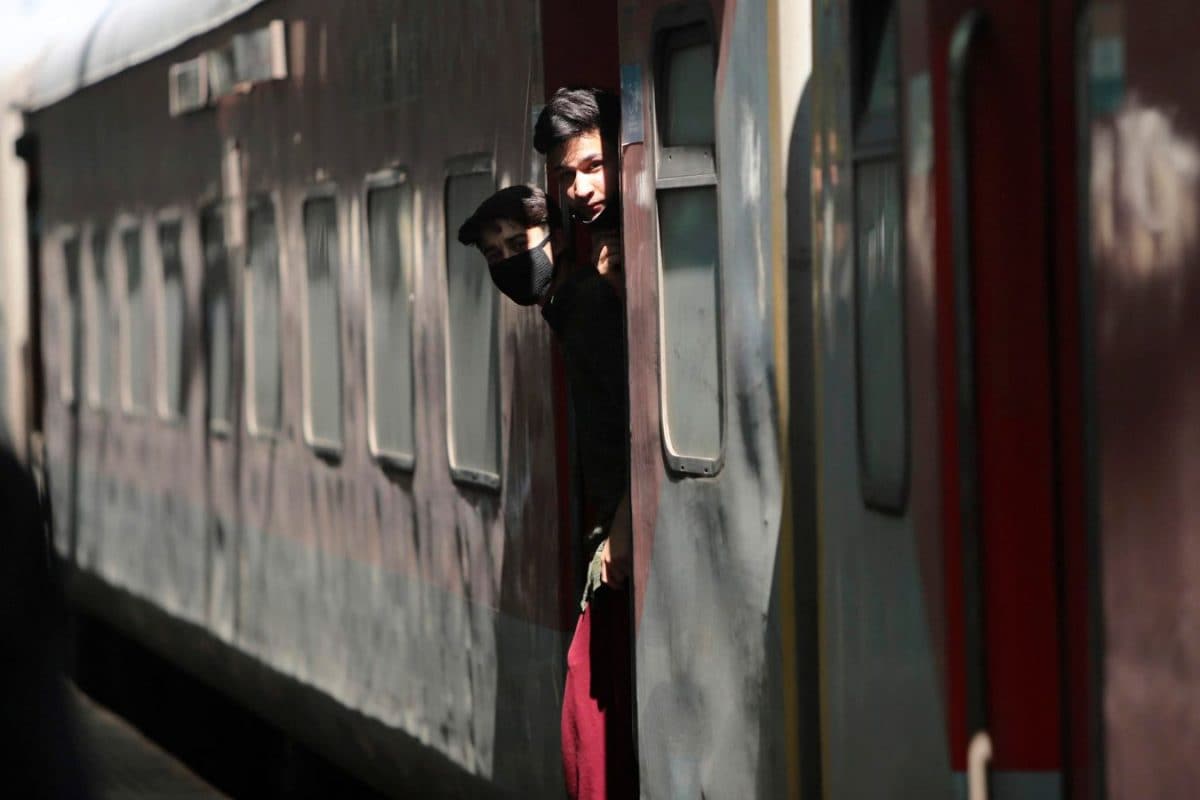

Indian Railway Catering and Tourism Corporation (IRCTC) is planning to extend its e-pantry services to mail and express trains, offering passengers a wider range of food options beyond the standard premium offerings. This move aims to enhance the overall travel experience by providing convenient access to diverse and hygienic meals.
Currently, e-catering services are primarily available on premium trains such as Rajdhani, Shatabdi, and Duronto Express. These services allow passengers to pre-order meals from a variety of restaurants and have them delivered directly to their seats. The expansion of the e-pantry option to mail and express trains will extend this convenience to a larger segment of railway travelers.
The e-pantry service will enable passengers on mail and express trains to order food online through the IRCTC website or app. They can choose from a wide array of cuisines and restaurants, ensuring that their dietary preferences and needs are met. This initiative addresses a common concern among train travelers regarding the limited availability and variety of food options, especially on long journeys.
IRCTC's e-catering service has been witnessing steady growth over the years. The service was temporarily suspended due to the COVID-19 pandemic but was later resumed with enhanced safety measures. According to IRCTC, efforts are underway to maximize the coverage of e-catering across various railway stations. To further improve the service, IRCTC has been encouraging food plazas and fast-food units at railway stations to register on the e-catering portal, increasing the availability of options for passengers.
To order food via e-catering, passengers can either use the "Food on Track" app, visit the IRCTC e-catering website, or make a booking via SMS. The SMS service requires passengers to type MEAL and send it to 139, after which they will receive instructions on how to proceed with their order. These multiple channels ensure that passengers have easy access to the e-catering service, regardless of their technical proficiency.
This expansion is expected to significantly benefit passengers, especially those traveling on long-distance routes. The availability of e-catering will reduce reliance on pantry cars, which may not always be present on all trains or may offer limited choices. By partnering with a wide range of restaurants, IRCTC aims to provide passengers with tasty, hygienic, and affordable meal options. The move aligns with IRCTC's broader goal of improving passenger convenience and enhancing the overall railway travel experience.
The expansion of e-pantry services also holds potential for revenue generation for IRCTC. By increasing the number of meals served through e-catering, the corporation can tap into a larger market and boost its catering revenues. This initiative also supports local restaurants and food vendors by providing them with a platform to reach a wider customer base.
To ensure the success of this expansion, IRCTC will need to address logistical challenges such as timely delivery and maintaining food quality. The corporation may explore options such as establishing delivery hubs at railway premises and using QR codes on berths to facilitate online ordering. These measures will help streamline the e-catering process and ensure that passengers receive their meals promptly and in good condition.
Overall, the expansion of the e-pantry option to mail and express trains is a welcome move that promises to significantly improve the railway travel experience for a large number of passengers. By providing a wider range of food options, IRCTC is catering to the diverse needs and preferences of travelers and enhancing the overall quality of its services.